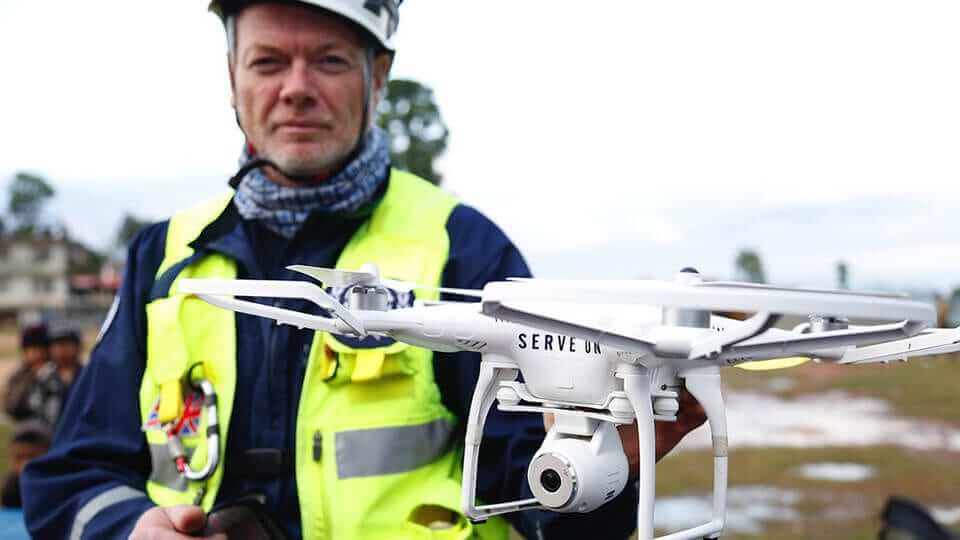
It is imperative for professionals in building, construction and related industries to be up to date on the latest construction technology trends in order to maximize efficiency and maintain their competitive edge. This article gives a concise overview of the most exciting trends that have been surfacing over recent years and highlights some of the influences they are having in related industries.
While prefabrication has been around all these years in the construction industry, newer technologies and building practices have made prefabrication more common. Building information modeling is changing the way teams work on projects and improving workflows. The growth of green building has also enhanced the use of prefabs in construction. Between improved modeling technology and prefabricated materials, project teams can construct buildings that are even more environment-friendly.
Prefabrication doesn’t always have to be high tech, though. A lot of contractors are opting for CDF’s pre-installed hardware and pre-finished wood doors, which are a popular choice that helps contractors cut down on labor costs and jobsite complication.
Smart buildings employ information technology to stay connected to people, building systems, and the global environment. These smart buildings use automated processes to control and regulate building operations such as heating, air conditioning, lighting, ventilation and other home systems. They use sensors, microchips, and other smart devices to collect data and manage it based on the building’s functionality. It is not uncommon to see homeowners integrating smart building technology in their homes, but it is more prevalent in commercial buildings.
Building Information Modeling (BIM), a platform based on 3D modeling, creates and manages project information. Construction firms use 3D BIM modeling throughout the construction phases to improve planning and achieve efficient results.
One exciting new example for BIM tech is the Kaarta Contour. The "Kaarta Contour" is a handheld LiDAR scanner, not a back pillow, used for precise indoor mapping. LiDAR is typically used on aerial or UAVs but is now effective indoors.
Taking sophisticated scanning and mapping technologies beyond surveying applications and into interior mapping and BIMs referenced throughout the course of construction could result in highly streamlined workflows, less waste and plenty of other future developments.
As stated by the U.S Department of Energy, about 20 percent of U.S energy is expended to power commercial buildings. Energy-saving building construction is an excellent way to help businesses save power and energy. It is an effective means of cutting cost while also reducing their impact on the environment.
Holistic design of energy-saving buildings integrates all elements for enhanced efficiency, achieving a 70% greater efficiency compared to traditional buildings when combined with other technologies.
Unmanned aerial vehicles, whether automated using predetermined flight paths or controlled manually with a remote, assist construction firms in tracking project progress in real time by generating aerial maps, photos, and 3D images. They can also be used for site surveys on new projects. This technology is also useful in improving productivity and ensuring worksite safety.
If you work in construction, be sure to keep an eye on these developing trends to stay on top of future developments in the industry. You might just be surprised where you see them crop up.